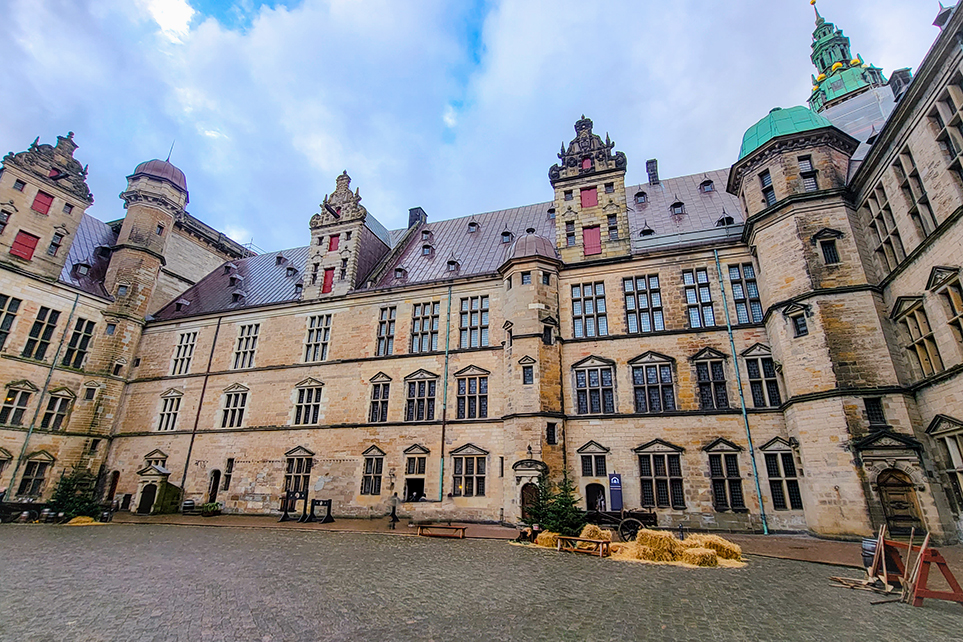
Helsingør, Denmark, is a charming coastal town on the eastern coast of Zealand, the largest island in Denmark. With a rich history, stunning architecture, and natural beauty, Helsingør has become a popular destination for tourists from all over the world. In this blog post, we will explore some of the highlights of this picturesque town.
History
Helsingør’s history dates back to the 15th century when the town was an important center for trade and commerce. In addition, the town’s strategic location at the narrowest point of the Oresund Strait, which separates Denmark from Sweden, made it an important military stronghold during the Middle Ages. In 1429, King Eric of Pomerania built the imposing Kronborg Castle, which played a crucial role in Danish history. The castle’s most famous resident was Hamlet, the protagonist of William Shakespeare’s play, who was said to have lived in the castle.
Things to See and Do in Helsingør:
Kronborg Castle
Kronborg Castle is undoubtedly the most famous attraction in Helsingør. This impressive 16th-century Renaissance castle is a UNESCO World Heritage Site and is considered one of northern Europe’s most important Renaissance castles. In addition, it is known for being the setting of William Shakespeare’s play “Hamlet.”
You can explore the castle’s many rooms and hallways, filled with exquisite paintings, tapestries, and furniture. The castle also offers a range of events and exhibitions throughout the year, including concerts, theater performances, and exhibitions.
- Hours: May to September 10:30 – 17:00; October – April is closed on Monday, opened 11:00 -17:00
- Admission: Adults 50 DKK (included in Copenhagen Card)
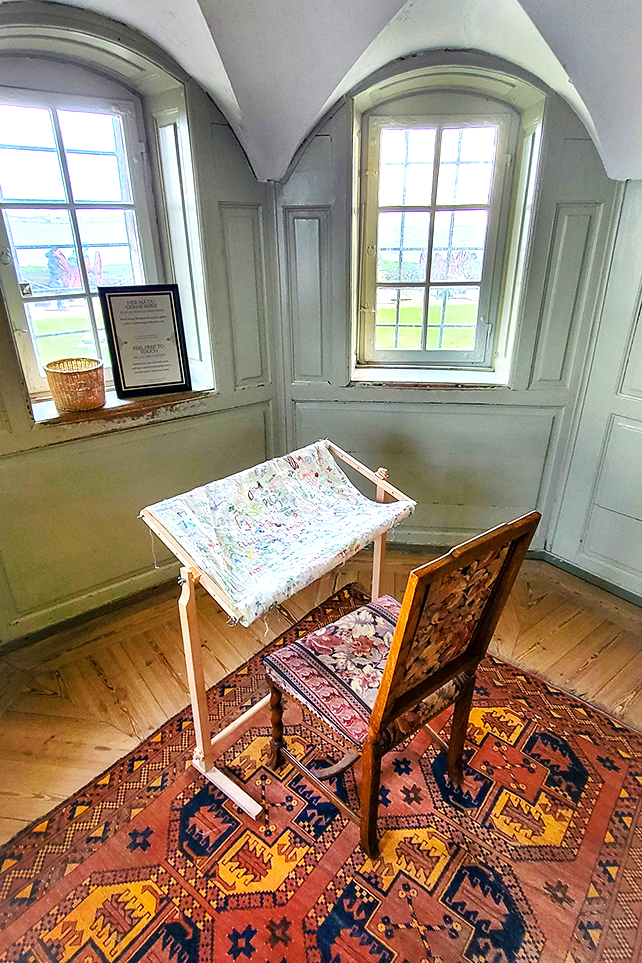
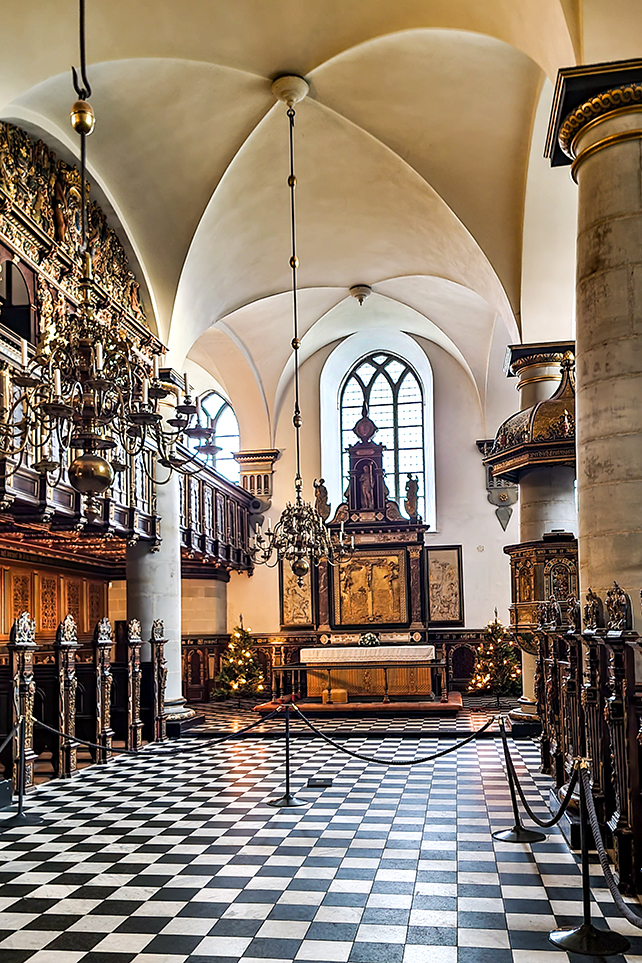
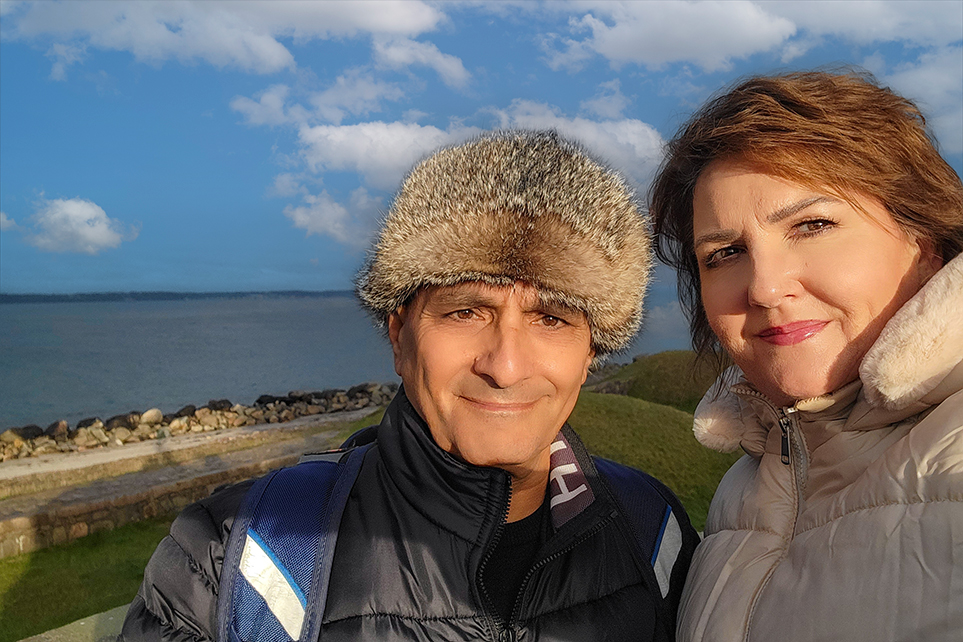
Shipyard Museum
Another popular attraction in Helsingør is the Shipyard Museum, located in a former dry dock. The museum explores Denmark’s maritime history and features an impressive collection of ships, boats, and naval artifacts. Visitors can also explore the museum’s many interactive exhibits and participate in hands-on activities.
- Hours: 10:00 – 17:00
- Admission: Free; Tours 950DKK and make reservation at frehe@helsingor.dk
St. Olaf’s Church
St. Olaf’s Church is a stunning example of Gothic architecture that has stood the test of time. Built-in the early 16th century, the church is named after Norway’s patron saint, Olaf II, who is believed to have visited the area in the 11th century.
The church boasts a beautiful exterior with intricate details, including a stunning spire and intricate stone carvings. Visitors are treated to soaring vaulted ceilings, stained glass windows, and a wealth of religious art and artifacts. Whether you’re interested in history, art, or architecture, visiting St. Olaf’s Church will surely be a memorable and enriching experience.
- Hours: Sept. – April open on Tuesday – Saturday, 10:00 – 14:00; May – Aug. Tuesday-Sat., 10:00 -16:00.

Marienlyst Palace and Park
Marienlyst Palace was built in the 16th century and has since been renovated several times. The park surrounding the palace is a beautiful attraction with well-manicured lawns, tall trees, and stunning views of the Øresund Strait. The palace and park are significant to Denmark’s history and have played a vital role in the country’s cultural heritage. Today, the palace is home to a luxury hotel, where guests can experience the grandeur of the building’s architecture and the beauty of the surrounding park. It offers visitors a glimpse into Denmark’s rich cultural history and provides an idyllic setting for a leisurely stroll or picnic.
Karmeliterklostret
Karmeliterklostret, also known as the Carmelite Monastery. The monastery was founded in 1430 by the Carmelite order and served as a religious institution for several centuries. Today, the sanctuary is a popular tourist attraction and cultural center featuring a museum, art gallery, and concert hall. St. Mary’s Church is attached to the monastery with some gorgeous frescoes.
Visitors can explore the beautiful architecture, learn about the history of the Carmelite order, and enjoy a range of cultural events and exhibitions throughout the year. The monastery is a unique and fascinating destination that offers a glimpse into Denmark’s rich cultural heritage.
- A guided Tour of St. Mary’s Church and Carmelite Monastery is offered.
- Hours: May – Sept. open Tuesday – Sunday 10:00 – 15:00, October – April, open 10:00 – 14:00
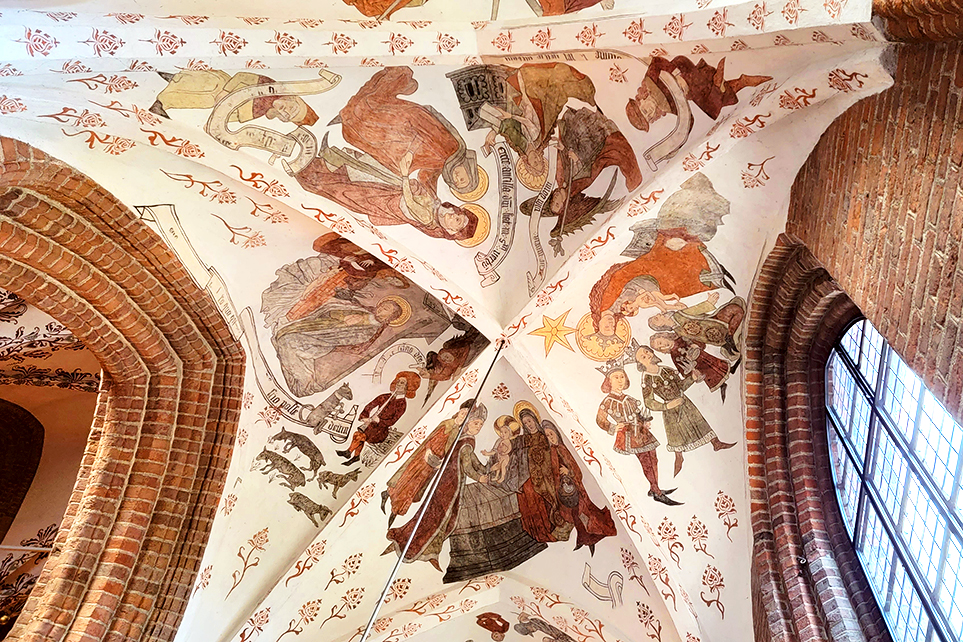
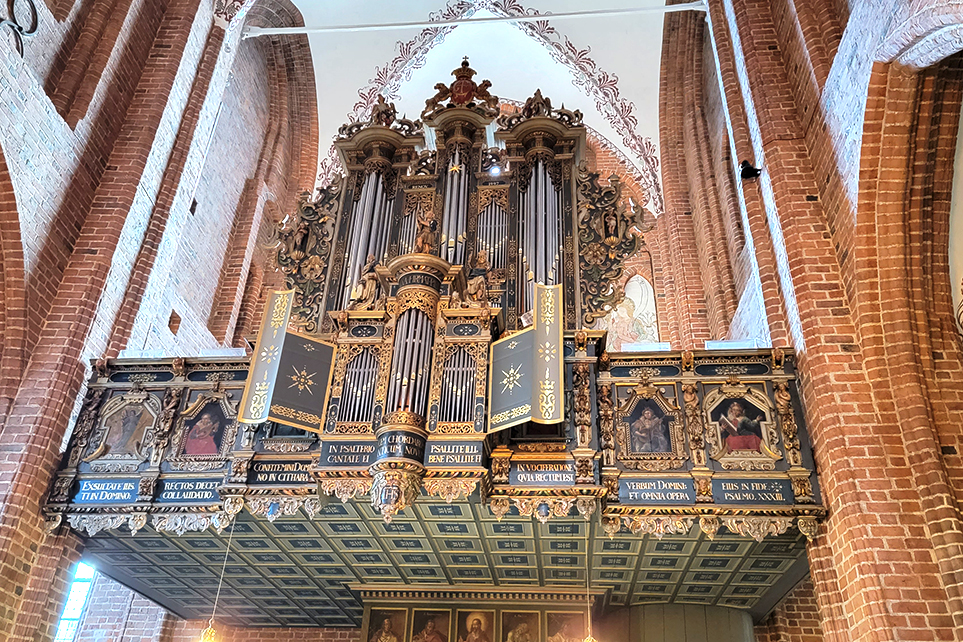
M/S The Maritime Museum
The Maritime Museum is a fascinating and informative institution celebrating Denmark’s rich maritime history. The museum is housed in a former dry dock that has been transformed into an award-winning modern building designed by the renowned Danish architect Bjarke Ingels.
You can explore the many exhibits and displays covering various topics, including Danish shipping, shipbuilding, navigation, and exploration. One of the museum’s highlights is the chance to explore the underground tunnels that run beneath the building, where visitors can learn about the history of the dry dock and see the original wooden beams and structures that supported ships for hundreds of years. The museum is also home to several interactive exhibits that allow you to learn about the many different aspects of maritime history in a fun and engaging way.
- Hours: January – June Tue. – Sun. 11:00 -17:00, July – August every day from 11:00 -18:00, September – December Tue. – Sun. 11:00 – 17:00
- Admission: 135 DKK (included in Copenhagen Card)
Helsingør Town Hall
Helsingør Town Hall, located in the heart of the city, is an iconic building that dates back to the 16th century. Built-in the Renaissance style, the town hall features a beautiful facade adorned with ornate carvings, spires, and sculptures. The building is known for its distinctive clock tower, a famous landmark in the city.
Inside is the grand hall, with its impressive chandeliers and intricate ceiling murals. The town hall has been the center of local government and civic activities for centuries and continues to play an essential role in the community. Visitors can even take a guided tour to learn more about the history of this remarkable building.
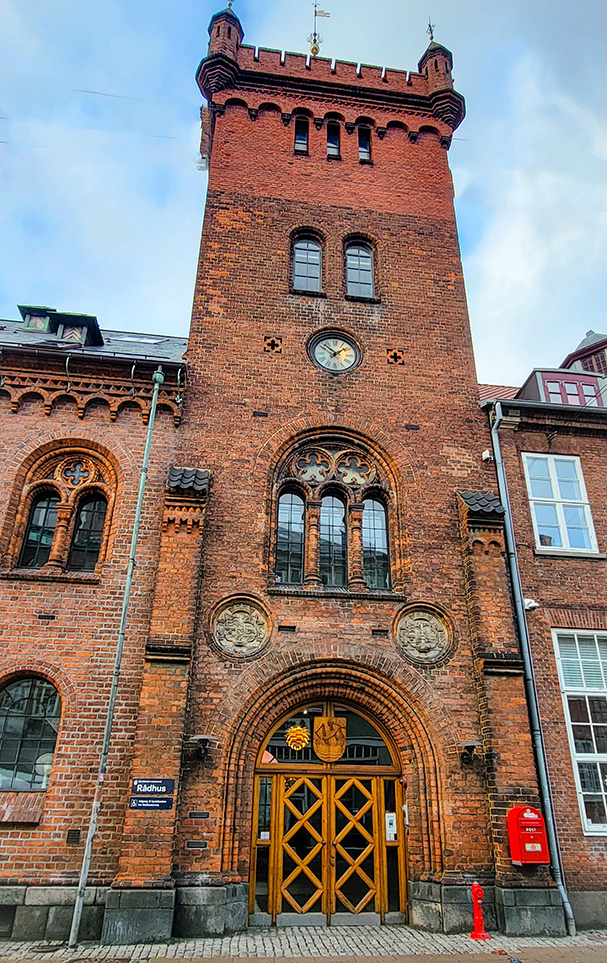
Shop Downtown
Between Stjernegade St. and Stengade St. are many quaint, charming shops to find your perfect souvenir or enjoy window shopping. Also, visit the marketplace at Axeltory on Wednesday, Friday, and Saturday mornings, with stands selling flowers, vegetables, cheese, fish, handicrafts, and more.
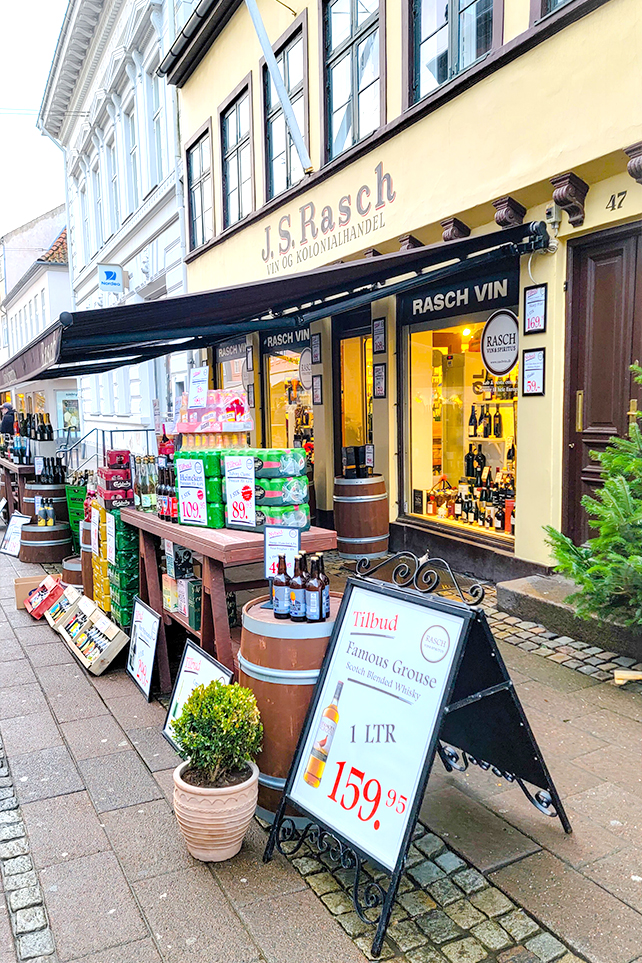
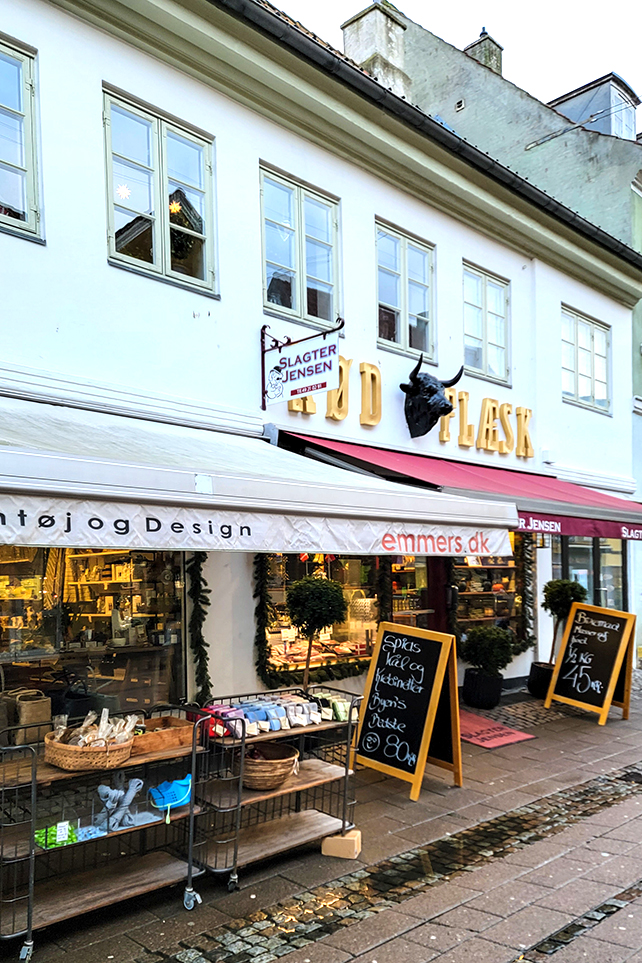
Louisiana Museum of Modern Art
For those interested in art and culture, the Louisiana Museum of Modern Art is well worth a visit. Located just outside Helsingør, the museum features a stunning collection of modern and contemporary art from around the world. The museum’s beautiful grounds also provide a scenic backdrop for visitors to enjoy.
- Hours: Tue. – Fri. 11:00- 22:00, Sat. – Sun. 11:00 – 18:00, Monday Closed
- Admission: Adult 145 DKK (included in Copenhagen Card)
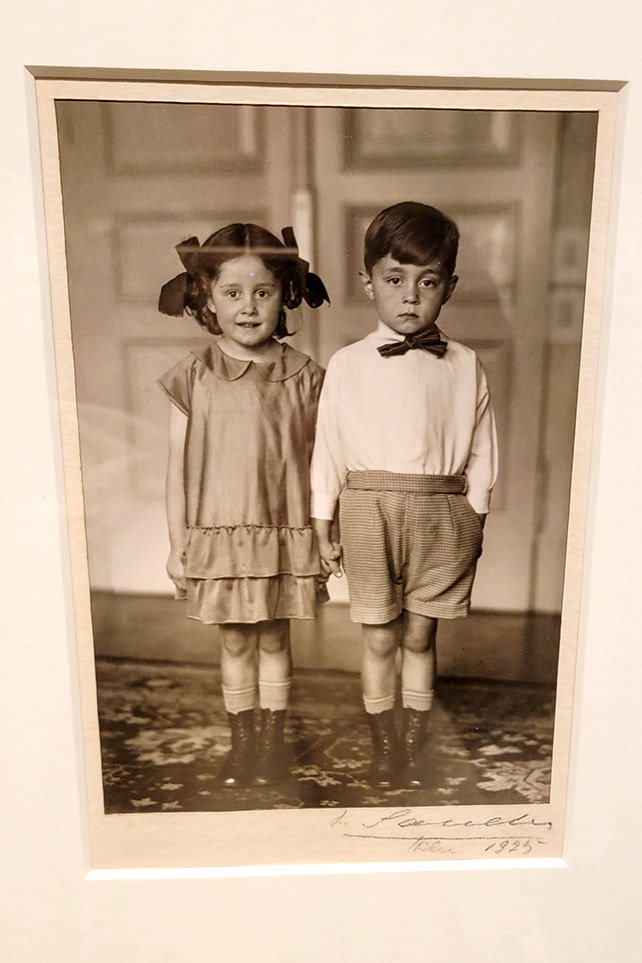
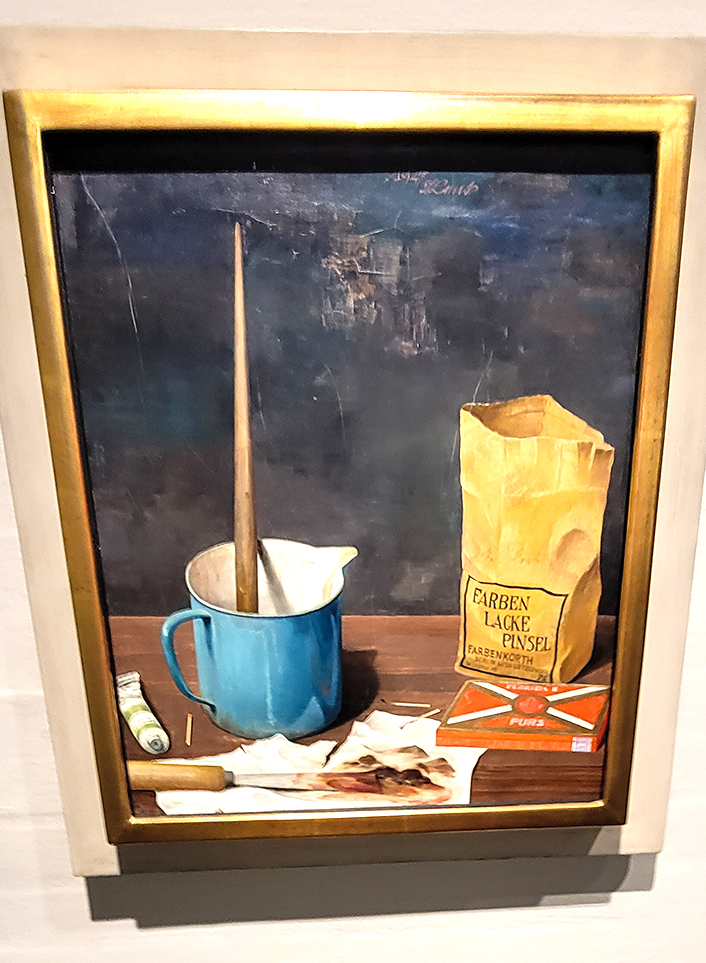
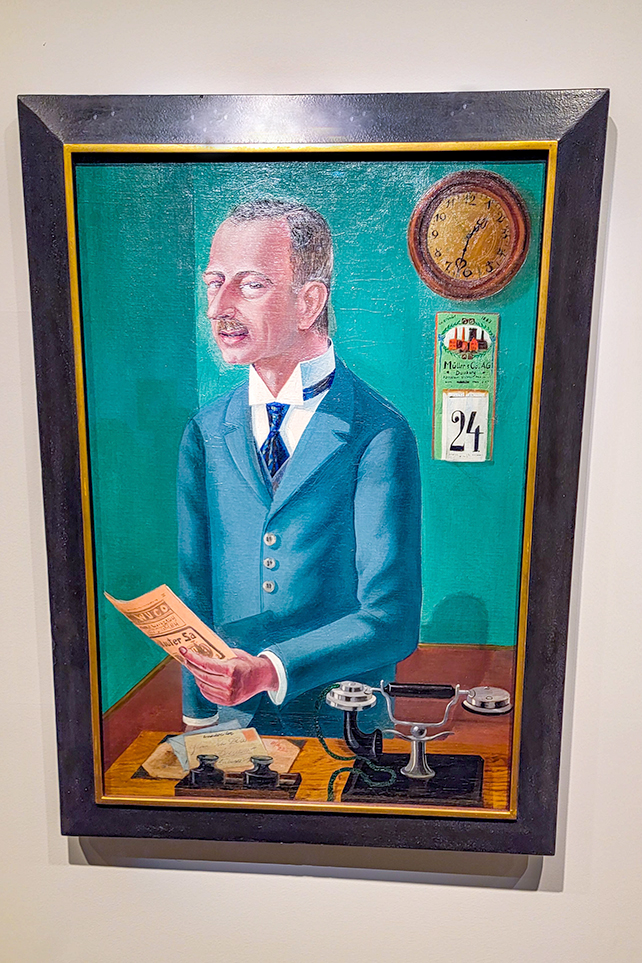
Nature
Hornbæk Beach
Helsingør is also known for its natural beauty. The town’s coastline is lined with stunning beaches and cliffs, offering the chance to swim, sunbathe, and enjoy the beautiful scenery. One of the most popular beaches in Helsingør is Hornbæk Beach, considered one of Denmark’s best beaches. The beach features soft white sand, crystal clear waters, and stunning views of the coastline.
Wadden Sea National Park
Another popular outdoor attraction in Helsingør is the Wadden Sea National Park, which is located just north of the town. The park is a UNESCO World Heritage Site and is home to a diverse range of wildlife, including seals, birds, and fish. You can explore the park’s many trails, which wind through beautiful marshes, dunes, and mud flats.
Lake Esrum
Just west of Helsingør lies Lake Esrum. It is Denmark’s second-largest lake. Stunning natural surroundings include a bird sanctuary, barbeque sites, and bathing areas. In addition, it’s an excellent place for sailing, canoeing, kayaking, and fishing.

How to Get to Helsingør
At the time of our visit, we were staying in Copenhagen and purchased the Copenhagen Card that included a visit to Helsingør along with many sites in the city. Public transportation by train offers the easiest way to travel.
- You can stop at the Louisiana Museum of Modern Art along the route.

Psst: I have a couple more posts about visiting Copenhagen! If you are planning a trip, you’ll definitely want to take a look at these”
20 Free Things to Do in Copenhagen
Christmas Markets in Copenhagen
Things to See and Do in Copenhagen

WHERE TO EAT
Cafe Kaiser
In the city center, near Stengade St., you will find several options in places to eat. We stopped in at Cafe Kaiser for lunch. Cafe Kaiser is well known for serving Danish and French cuisines. We tried the delicious Lunch Steak and Shooting Star dish which consists of breaded & steamed fish fillet served on toasted bread with hand-peeled cold water prawns, crisp lettuce, asparagus, caviar, lemon, dill and our homemade Thousand Island dressing.
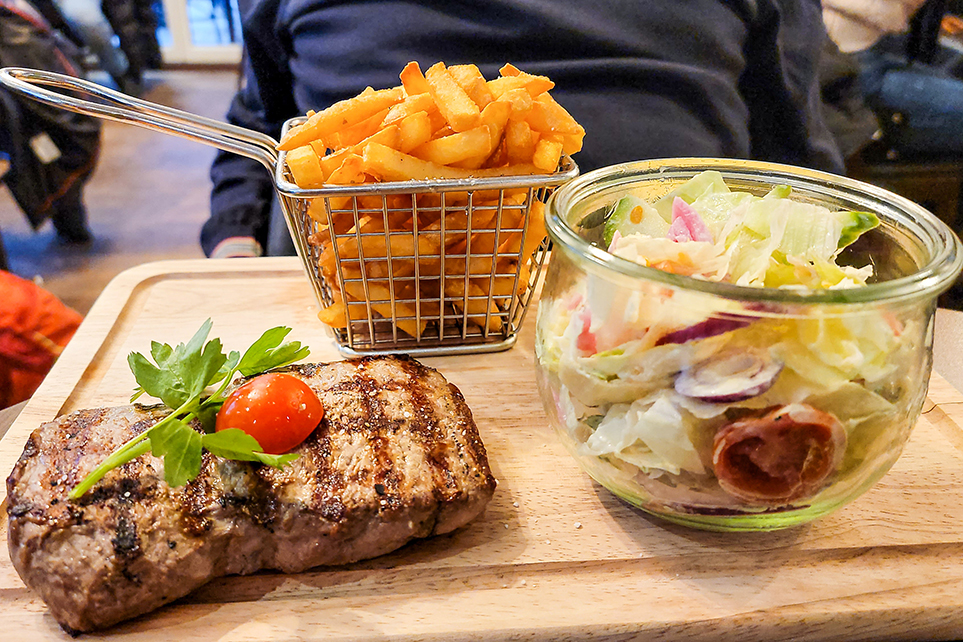
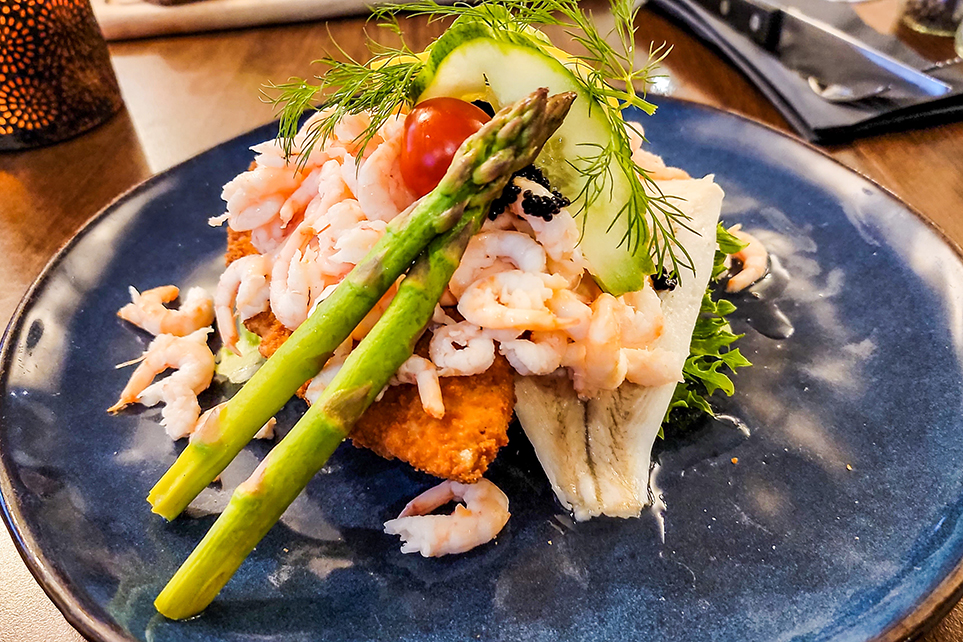
In conclusion, Helsingør is a charming town offering visitors various cultural, historical, and natural attractions. Whether you’re interested in exploring the town’s impressive castle, learning about Denmark’s maritime history, or simply enjoying the beautiful coastline, Helsingør has something for everyone. So, if you’re planning a trip to Denmark, add Helsingør to your itinerary.
Enjoy your travels! Please read my blogs about other exciting places around the world at Traveling Lens Photography.
If you want to read more follow me on Facebook, Instagram, or Pinterest as I share my journey.
Happy Travels!




